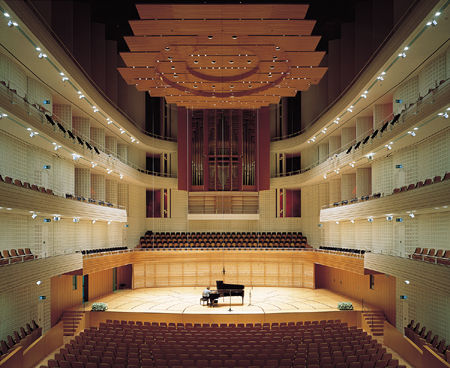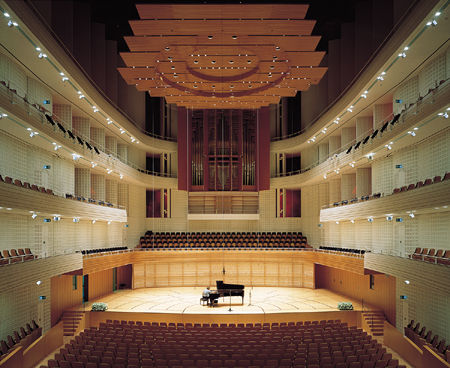
The Essex Echo 1995: Electrical Signal Propagation & Cable Theory Maxwell's Equations
The Essex Echo 1995: Electrical Signal Propagation & Cable Theory Maxwell's Equations

- Read more about The Essex Echo 1995: Electrical Signal Propagation & Cable Theory Maxwell's Equations
- Log in or register to post comments









